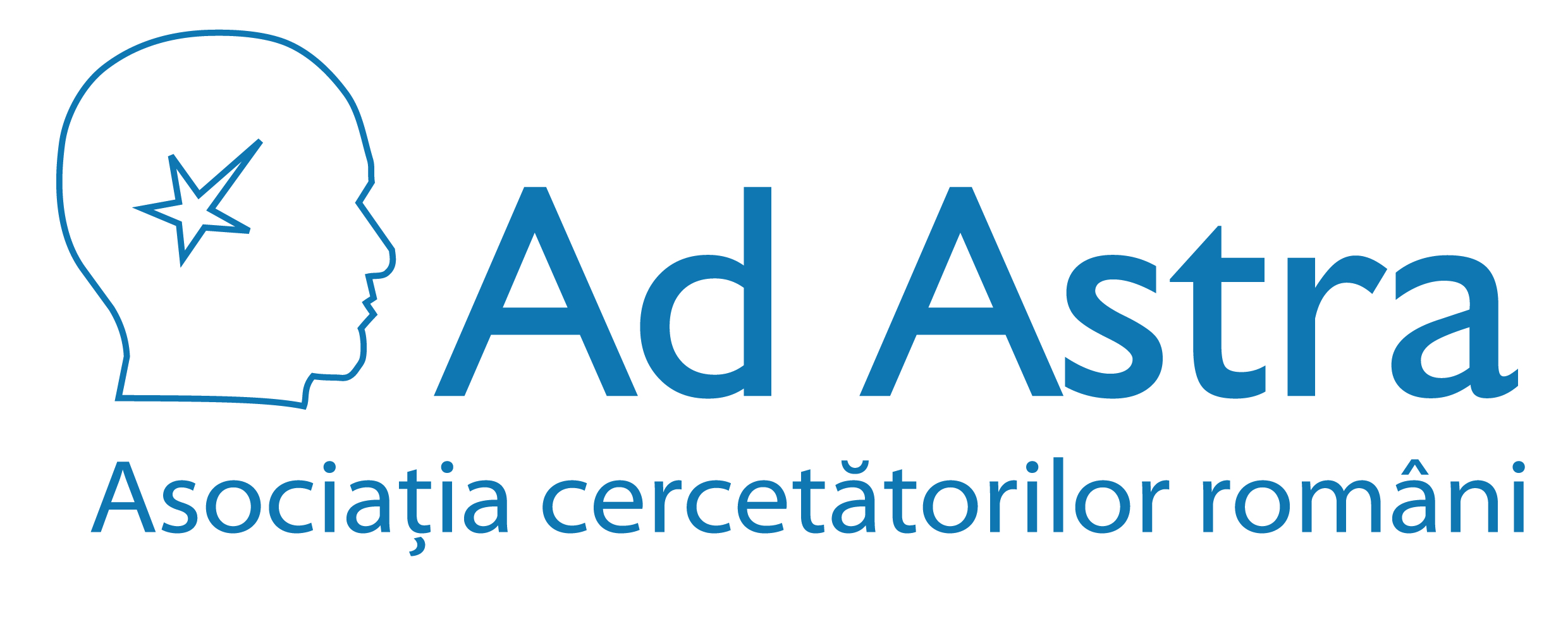Scopul nostru este sprijinirea şi promovarea cercetării ştiinţifice şi facilitarea comunicării între cercetătorii români din întreaga lume.
Staff Login
Publicatii proprii
Nerve growth factor-evoked nociceptor sensitization in pig skin in vivo.
Peripheral sensitization of skin nociceptors by nerve growth factor (NGF) was explored in pig skin in vivo. As an objective output measure, the area of axon-reflex-mediated erythema was assessed upon mechanical, thermal, chemical, and electrical stimuli delivered at 1, 3, and 7 days after i.d. injection of 1 microg NGF into the pig's back skin (n = 8). Pretreatment with NGF provoked a sensitization to mechanical (600 mN), thermal (10 sec 49 degrees
Read moreDouble spikes to single electrical stimulation correlates to spontaneous activity of nociceptors in painful neuropathy patients.
Multiple firing of C nociceptors upon a single electrical stimulus has been suggested to be a possible mechanism contributing to neuropathic pain. Because this phenomenon maybe based on a unidirectional conduction block, it might also be related to neuropathic changes without a direct link to pain. We investigated painful neuropathy patients using microneurography and analysed nociceptors for the occurrence of multiple spiking and spontaneous activity.
Read moreDifferential effects of lidocaine on nerve growth factor (NGF)-evoked heat- and mechanical hyperalgesia in humans.
We investigated the effects of a non-specific sodium channel blocker (lidocaine) on heat pain thresholds and mechanical impact pain at day 7 and 21 after intradermal injection of 1 μg NGF. Measurements were performed in 12 healthy male subjects prior to and 5 min after intradermal injection of 150 μl lidocaine administered at concentrations of 0.01% (∼0.4 mM) and 0.1% (∼4 mM) to both NGF and control skin sites. NGF caused a maximum
Read moreNGF-evoked sensitization of muscle fascia nociceptors in humans.
Nerve growth factor (NGF) induces local hyperalgesia for a few days after intramuscular injection, but longer-lasting muscle pain upon systemic administration. As the muscle fascia is densely innervated by free nerve endings, we hypothesized a lasting sensitization of fascia nociceptors by NGF. We administered 1μg NGF (dissolved in 100μL saline) ultrasound-guided to the fascia of the Musculus erector spinae muscle at the lumbar level of 14 male
Read moreInterleukin-6 in combination with its soluble IL-6 receptor sensitises rat skin nociceptors to heat, in vivo.
nterleukin-6 (IL-6) contributes to increased pain and hyperalgesia in inflamed tissue. We have investigated the effects of IL-6, alone or in combination with its soluble receptor (sIL-6R), on the sensitivity of nociceptors to noxious heat, using dermal microdialysis. Plasmapheresis membranes were inserted into the abdominal skin of adult male Wistar rats (n=46) and perfused with modified Ringer solution. After three control samples (20 min each),
Read moreIL-1 beta potentiates heat-activated currents in rat sensory neurons: involvement of IL-1RI, tyrosine kinase, and protein kinase C.
Interleukin 1 beta (IL-1 beta) is a proinflammatory cytokine that maintains thermal hyperalgesia and facilitates the release of calcitonin gene-related peptide from rat cutaneous nociceptors in vivo and in vitro. Brief applications of IL-1 beta to nociceptive neurons yielded a potentiation of heat-activated inward currents (Iheat) and a shift of activation threshold toward lower temperature without altering intracellular calcium levels. The IL-1
Read moreFast modulation of heat-activated ionic current by proinflammatory interleukin 6 in rat sensory neurons.
The pro-inflammatory cytokine interleukin-6 (IL-6) together with its soluble receptor (sIL-6R) induces and maintains thermal hyperalgesia. It facilitates the heat-induced release of calcitonin gene-related peptide from rat cutaneous nociceptors in vivo and in vitro. Here we report that exposure of nociceptive neurons to the IL-6-sIL-6R complex or the gp130-stimulating designer IL-6-sIL-6R fusion protein Hyper-IL-6 (HIL-6) resulted in a potentiation
Read moreNeurogenic components of trypsin- and thrombin-induced inflammation in rat skin, in vivo.
Activation of protease-activated receptors (PAR) can induce vasodilation (VD) and increase of vascular permeability either directly by stimulating endothelial cells or indirectly via activation of nociceptors and subsequent release of neuropeptides (neurogenic inflammation). We aimed to estimate the relative contribution of the two pathways for stimulation with endogenous activators of PAR-2 (trypsin) and of PAR-1, 3 and 4 (thrombin) using in vivo
Read moreA subpopulation of capsaicin-sensitive porcine dorsal root ganglion neurons is lacking hyperpolarization-activated cyclic nucleotide-gated channels.
Hyperpolarization-activated cyclic nucleotide-gated (HCN) channels contribute to stabilizing resting membrane potential, thus controlling neuron excitability. Subclasses of nociceptive neurons differ in their excitability, therefore, these channels could be a distinguishing marker. We investigated isolated dorsal root ganglion neurons from a non-rodent species, the pig, Sus scrofa domesticus. Single labeling revealed capsaicin-induced cobalt-uptake
Read more
